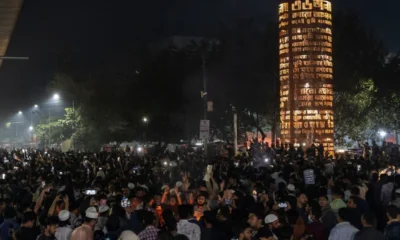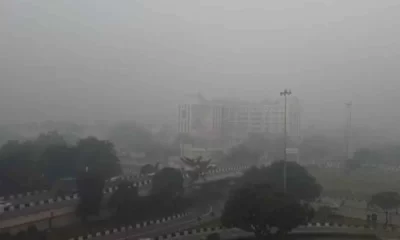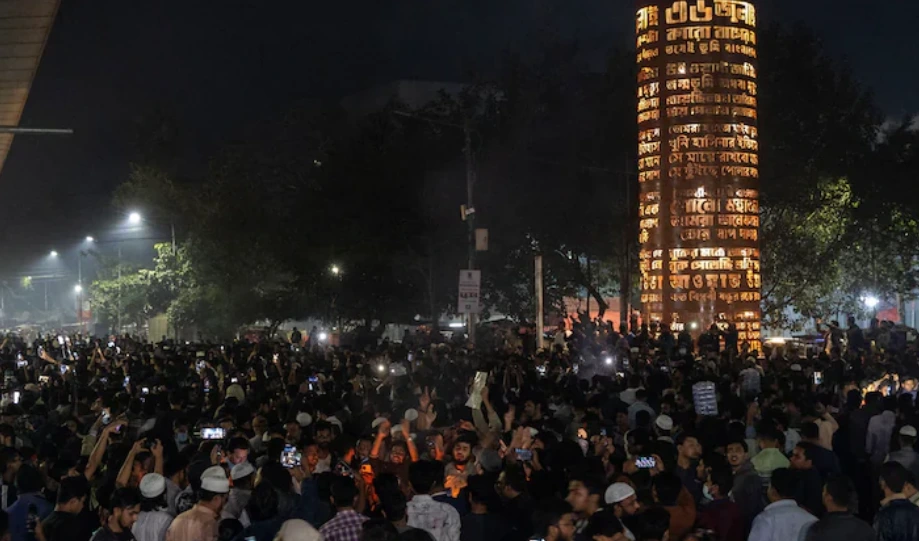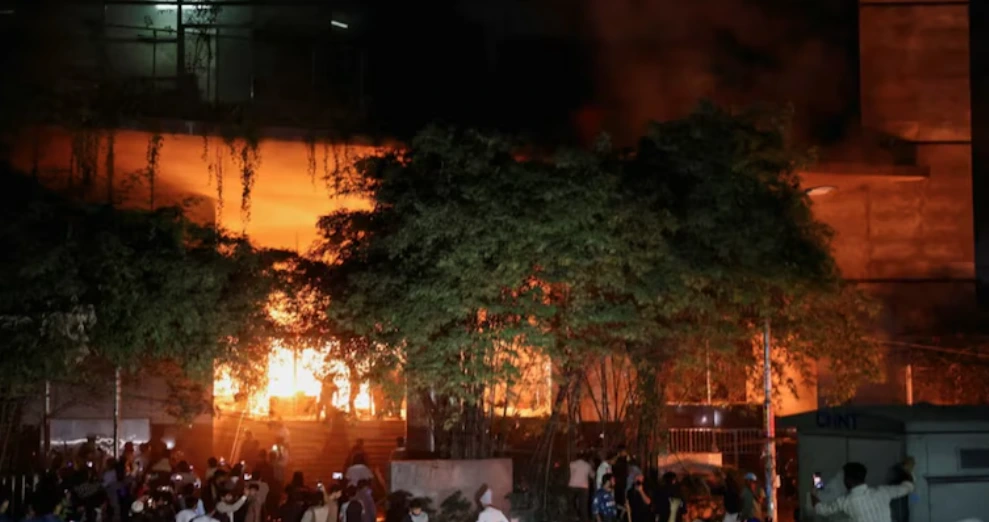Elise Bant, University of Melbourne and Jeannie Marie Paterson, University of Melbourne
The news that Australia’s anti money-laundering regulator has accused Westpac of breaching the law on 23 million occasions points to the prospect that powerful members of corporate Australia are still behaving badly.
This despite the clear lessons offered by the Banking Royal Commission.
Regulators are still struggling to find the right balance between pursuing wrongdoers through the courts – an admittedly costly, time-consuming and highly risky business – and finding other means to punish and deter misconduct.
Australia’s anti money-laundering regulator, AUSTRAC, is seeking penalties against Westpac in the Federal Court.
Each of the bank’s alleged contraventions attracts a civil penalty of up to A$21 million. In theory, that could equate to a fine in the region of A$391 trillion.
In practice, it is likely to be a mere fraction of that sum. Commonwealth Bank breached anti-money-laundering laws and faced a theoretical maximum fine of nearly A$1 trillion, but settled for A$700 million.
No doubt the reality that companies can minimise penalties is a factor in why breaches continue.
This impression is reinforced by revelations last week that financial services company AMP continued to charge fees to its dead clients despite the shellacking it received at the hands of the royal commission.
Last month a Federal Court judge refused to approve a A$75 million fine agreed between the Australian Competition and Consumer Commission and Volkswagen to settle litigation over the car company’s conduct in cheating emissions tests for diesel vehicles. The judge was reported to be “outraged” by the settlement, which meant Volkswagen did not admit liability for its misconduct.
The A$75 million is a drop in the ocean of the likely profits obtained from this systemic wrongdoing and pales into insignificance next to fines imposed in other countries.
Proposals for law reform
So business as usual, right?
Maybe not for long. The Australian Law Reform Commission has just released a discussion paper on corporate criminal responsibility.
It points out that effective punishment and deterrence of serious criminal and civil misconduct by corporations in Australia is undermined by a combination of factors.
These include a confusing and inconsistent web of laws governing the circumstances in which conduct is “attributed” to the company. Similar problems of inconsistency arguably also undermine other key areas, such as efforts to give courts the power to impose hefty fines based on the profits obtained by the wrongdoing
The repeated attempts to come up with new and more effective attribution rules arise because corporate wrongdoers are “artificial people”. For centuries, courts and parliaments have struggled with how to make them pay for what is done by their human managers, employees and (both human and corporate) agents. All too often a company’s directors disclaim all knowledge of the wrongdoing.
To fix this, the ALRC recommends having one single method to attribute responsibility. It builds on the attribution rule first developed in the Trade Practices Act 1974 (Cth) and now used, in various forms, across various statutes.
The ALRC proposes that the conduct and state of mind of any “associates” (whether natural individuals or other corporations) acting on behalf of the corporation should be attributable to the corporation.
This goes well beyond the traditional focus on directors and senior managers and would provide some welcome consistency in the law.
Importantly, serious criminal and civil breaches that require proof of a dishonest or highly culpable corporate “state of mind” can be satisfied either by proving the state of mind of the “associate” or that the company “authorised or permitted” the conduct.
A “due diligence” defence would protect the corporation from liability where the misconduct was truly attributable to rogue “bad apples” in an otherwise a well-run organisation. There would be no protection in the case of widespread “system errors” and “administrative failures” so pathetically admitted during the royal commission.
The ALRC also proposes that senior officers be liable for the conduct of corporations where they are in “a position to influence the relevant conduct and failed to take reasonable steps to prevent a contravention or offence”.
This would place the onus on those in a position to change egregious corporate practices to show they took reasonable steps to do so.
Removing the penalty ceiling
These recommendations, if adopted could prove a game-changer for regulators asking themselves “why not litigate?” and corporations used to managing the fall-out of their misconduct as simply a “cost of business”.
The ALRC’s recommendations that the criminal and civil penalties should be enough to ensure corporations don’t profit from wrongdoing will be welcomed by many. Some academics have gone further and argued that the law should be changed to make it clear that civil, not just criminal penalties, should be set at a level that is effective to punish serious wrongdoing.
The ALRC also raises the question whether current limits on penalties should be removed. The Westpac scenario might be just the kind of case to make that option attractive.
Elise Bant, Professor of Law, University of Melbourne and Jeannie Marie Paterson, Professor of Law, University of Melbourne
This article is republished from The Conversation under a Creative Commons license. Read the original article.


 India News23 hours ago
India News23 hours ago
 India News23 hours ago
India News23 hours ago
 Latest world news17 hours ago
Latest world news17 hours ago
 Cricket news15 hours ago
Cricket news15 hours ago
 Entertainment16 hours ago
Entertainment16 hours ago
 Cricket news15 hours ago
Cricket news15 hours ago
 Entertainment16 hours ago
Entertainment16 hours ago
 India News1 hour ago
India News1 hour ago









